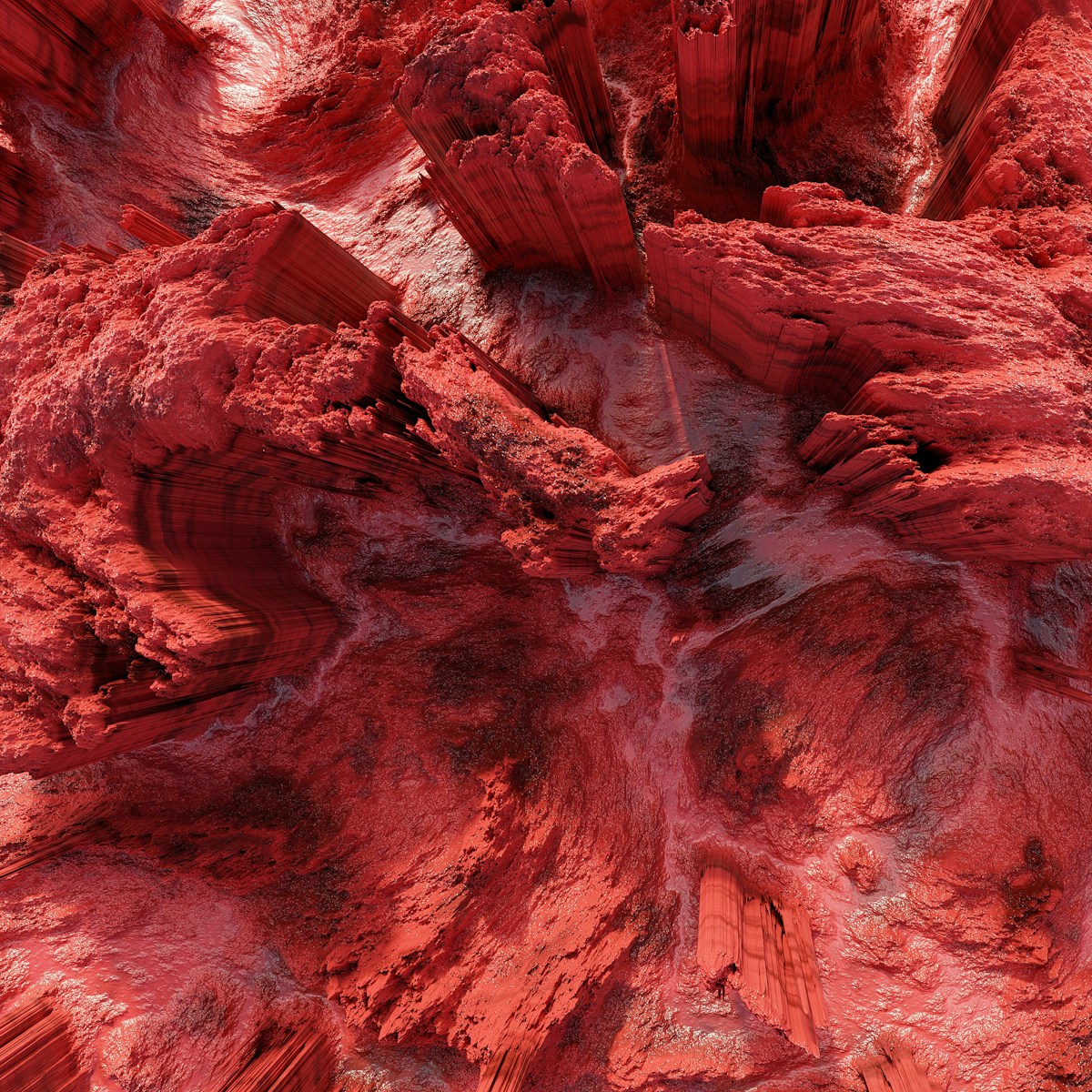Key Takeaways:
- Perseverance drilled a striped rock called Chevaya Falls in Jezero Crater.
- Instruments spotted iron-rich minerals arranged in “leopard spots.”
- Minerals vivianite and greigite could signal a biosignature.
- No signs of high heat or acidity suggest a nonliving origin.
- Returning the sample to Earth will help confirm if life once existed.
Discovering a Mars Biosignature in Jezero Crater
NASA’s Perseverance rover drilled into a unique rock in July 2024. The team named the sample Sapphire Canyon. Instruments PIXL and SHERLOC mapped its surface. They found tiny spotted patterns made of two iron minerals. On Earth, these minerals often form near organic matter or via microbes. As a result, scientists call this discovery a potential biosignature.
What is a biosignature?
A biosignature is any trace that life once existed. It could be a fossil, a specific molecule, or a unique mineral pattern. To count as a true biosignature, life must produce it. For example, certain minerals only form when microbes drive chemical reactions. When scientists find a biosignature, they gain strong evidence of past or present life.
How scientists hunt for biosignature patterns on Mars
First, researchers pick landing sites with lake or river history. On Earth, water helps preserve signs of life. Jezero Crater once held a river-fed lake. Second, rovers carry cameras and chemical analyzers. Perseverance’s instruments scan rocks for textures and molecules. Third, teams compare Martian data to Earth’s rock record. They look for patterns only living things make. However, they must rule out nonliving processes like heat or acid.
Why the Sapphire Canyon sample hints at a biosignature
The rock textures resemble “leopard spots.” These spots mark places where the chemistry changed. They contain vivianite (iron phosphate) and greigite (iron sulfide). On Earth, vivianite forms where organic matter decays. Certain microbes make greigite when they breathe sulfate. Moreover, both minerals occur in redox gradients. These gradients let chemicals swap electrons. On Earth, many microbes exploit redox reactions for energy.
For example, leaving metal in rain turns iron(II) to rust without microbes. Yet some redox changes proceed too slowly without life. In Sapphire Canyon, scientists saw no heat or acid signs needed for nonliving formation. Therefore, microbes might have sped up those reactions long ago.
This find surprised scientists. They expected signs in older rocks deeper in the crater. Instead, these patterns showed up in younger layers. As a result, Mars might have stayed habitable for more time than we thought. This also means more recent rocks could hide other biosignatures.
What’s next in proving a Mars biosignature?
Scientists must test if nonliving processes could form these minerals here. They will model Martian conditions in labs on Earth. However, advanced tests need the actual rock back home. NASA plans to cache samples for a future return mission. When scientists study Sapphire Canyon in Earth labs, they can use powerful microscopes. They will look for organic molecules or cell-like shapes. That analysis will decide if we found proof of ancient Martian life.
With samples on Earth, teams can rule out all nonbiological pathways. If they confirm life’s mark, this would rewrite our understanding of Mars. Even a possible biosignature sparks new missions and instruments. Therefore, the search for life on Mars continues with renewed excitement.
Frequently Asked Questions
What makes a mineral pattern a strong biosignature?
A strong biosignature forms only when living organisms guide its creation. Scientists look for minerals that need life to form at realistic speeds.
Why is Jezero Crater ideal for finding biosignatures?
Jezero Crater once held a river-fed lake. On Earth, lake beds often preserve fossils and organic chemicals. That history gives higher chances to find life’s traces.
How will scientists test the Mars samples on Earth?
They will use high-resolution microscopes, mass spectrometers, and other tools. These instruments can detect tiny organic compounds and cell structures.
Could nonliving chemistry ever mimic a biosignature?
Yes. High heat, strong acids, or unique binding agents can form similar minerals. That is why scientists must eliminate all abiotic explanations before claiming life.

